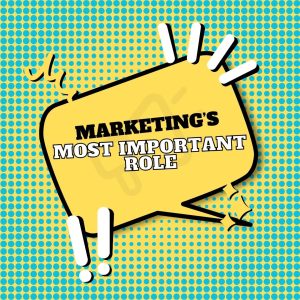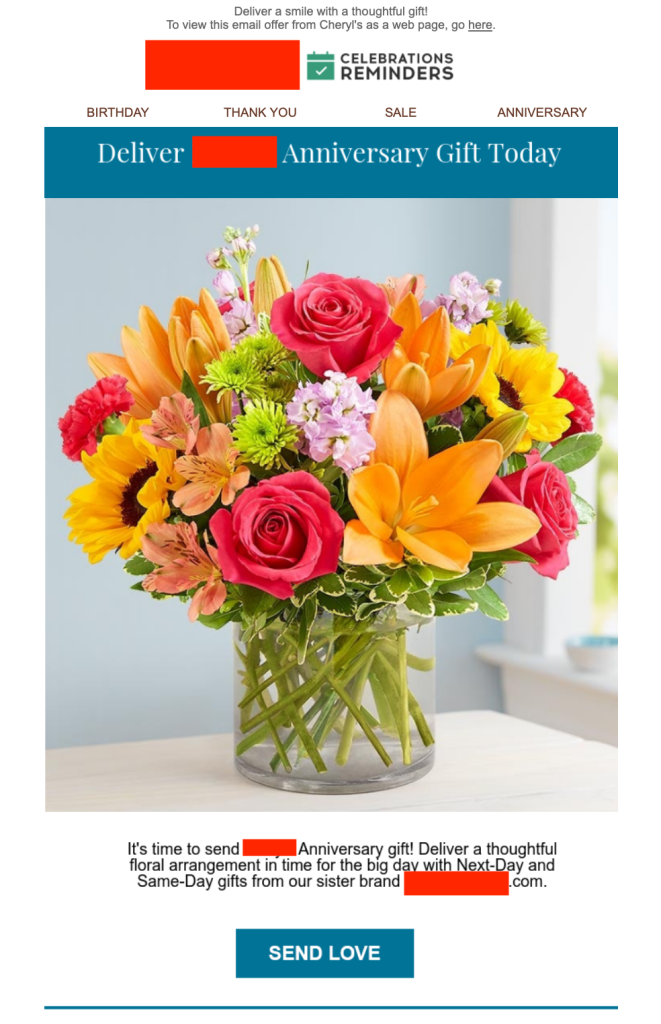 Artificial Intelligence is as hot a topic as you’ll find right now. Every industry is working to understand Ai, apply it to their business, and looking for pitfalls to avoid. Technology is rapidly accepted and integrated into life when it is useful and easy to use. Unless there are risks or costs associated with the new technology.
Artificial Intelligence is as hot a topic as you’ll find right now. Every industry is working to understand Ai, apply it to their business, and looking for pitfalls to avoid. Technology is rapidly accepted and integrated into life when it is useful and easy to use. Unless there are risks or costs associated with the new technology.
This is why Ai is such a hot topic. The utility of Ai is unquestioned – there is no doubt that it will have a lasting impact on the activities of humankind. However, there are risks associated with Ai, and not the end-of-the-world Ai will kill humans risk. If you’d like to read about that, just search the topic on social media!
The real risks of Ai use are found in privacy, access, and attribution. We’ll cover that in a separate article. For now, let’s discuss what we see as the types and uses of Ai, especially for marketing automation.
Embedded Ai (You’re already using it…)
Ai is embedded in every marketing and sales automation software you are using. From email programs like MailChimp to Salesforce to Hubspot, every program simple to enterprise uses Ai. There is no way to avoid it. Ai will use its capacity, speed, and efficiency to change the way marketing automation works.
That said, control, attribution, and bias seem to be the biggest concerns of marketers as they navigate Ai. In a recent webinar featuring Salesforce campaign tools that use Ai, the presenters repeated at each step in the process how the human user must review and has the opportunity to edit the Ai. They are only adding that “disclaimer” statement (repeatedly) because they have heard from prospects and customers that unleashing an unchecked Ai is a real fear for marketers. One example in the webinar: Ai uses your data to develop a new email campaign, the user reviews and edits any or all of the images, text, links, and target list developed by Ai.
That is a critical piece to the current puzzle. While Ai may become so effective that it does not require human review, it is clearly not at that point yet. The bottomline — if you’re using marketing automation (or pretty much any other business software), you’re using Ai. So be sure to check its work.
Ai for Content Generation (Maybe)
From ChatGPT to many purpose-built Ai tools for content development (I haven’t vetted them all as they are being launched almost daily, so no links or endorsements yet!), Ai will write whatever you want. And create images and video, too. What a boon for the content creation folks.
A recent study (not linking since it was done by an Ai startup :-)) showed that Ai-written ads performed better than human-written ads. If this isn’t true now, it will be soon. Ai is better because it can analyze more data and compare with previously run ads instantly to produce the best ad. That’s what AdSkate and others are doing now. I like AdSkate because they aren’t starting from scratch —the tool analyzes your current ad campaigns and based on Ai analysis tweaks them to drive better results. With the importance of first-party data the goal of improvement, rather than generation seems prudent for the moment.
There have been legal cases and accusations of plagiarism or lack of attribution by Ai. Recently Google and a company called Particle have come under fire for aggregating news without attribution or links to the original source. This could potentially be a problem with Ai developed content as well, although seemingly very hard to prove.
Turning over new content generation to Ai may be the way of the future, as of now, attribution issues and poor or biased content may result in problems for your organization. Also, while other Ai tools are being developed to insure brand attributes, voice, target personas, and other content needs are accurately met, efficiency currently may not be the most important variable. Accuracy may be.
Finally, in a world in which content can be endlessly and automatically created and distributed, how much will content quantity matter? To quote Syndrome from The Incredibles, “when everyone’s super… no one will be.” One of the words of the 2024 year in marketing LINK (see my predictions article) was authenticity. Being authentic may require less content produced and distributed more thoughtfully.
And frankly, Ai may be too wonderful and over promise on the actual offering —as some Wonka fans found out recently.
We’ll wait for more unbiased testing about effectiveness and use of Ai and currently choose more judiciously the places where it can really make a difference…
Ideation (Definitely)
People are creative. I enjoy nothing more than coming up with a new idea and then working to make that idea a reality in the real world with impacts for good results.
Brainstorming with a team is even more fun… people have different perspectives and insight and a team can quickly cut through to wonderful new ideas to impact an organization. (If you’re interested in our one-day team-driven marketing planning session, contact us it’s amazing how your team can change your marketing through an expert-led planning process… and do it very quickly!)
Add Ai to this mix. Ai has (literally) endless resources to pull from to provide an idea. Or 500 ideas. Prompts such as “Provide a list of 25 new ways to reach a Gen Z audience with a new music promotion” will bring back instantly a list of tactics to consider. Interestingly, the ideas may not be new. In fact, this prompt response included the term “innovative” in place of “new”.
Still, even if we had 20 people in a room brainstorming, we might not come up with the 25 ideas. And it certainly would take longer… just to write them down.
So Ai can really help move the brainstorming process forward. However, don’t be tempted to move from ideation to judgement… stay in the brainstorming phase of the process when reviewing the Ai list. People will always improve, look at from a different perspective, add to, and make better.
Data Analysis (Definitely)
Analysis may be the best use of Ai for marketing right now. Generative tasks may become the primary use in the future, but Ai is made for data analysis. It can crunch more data than any spreadsheet ninja, it can add all your CRM data as a subset of its data set and adds rich insight, and its capacity is endless.
Many Ai firms are working to bring a solution to the problem of data from divergent systems and processes in an organization. That “nirvana” of all data from every source pulled into one place. This has always been a big problem for marketing even in a connected world. A simple example – some contacts are in the CRM and some are just in a salesperson’s Outlook list or phone contacts. (Admit it, it’s true!) Another – design/estimating and production systems aren’t really connected and tag different data in different ways. And never the twain shall meet. Until Ai.
Look for analysis tools to continue to improve and drive more insight and reporting to a central dashboard or actionable data set. That is the biggest promise (currently) of Ai for marketing.
Risks
A few of the risks were covered here. A more detailed article on the risk of Ai in marketing is coming soon. Email us to join our list and not miss an article or video drop!
SLEckert
 Linkedin ads are potentially effective for brands, particularly B2B brands, to engage prospects and customers. LinkedIn lets companies sponsor ads based on employee posts on Linkedin. The sponsorship or “promoting” of an organic post to become an ad for the organization means a post from an employee that includes longer and richer content is pushed via the Linkedin ad campaign platform to a wider audience.
Linkedin ads are potentially effective for brands, particularly B2B brands, to engage prospects and customers. LinkedIn lets companies sponsor ads based on employee posts on Linkedin. The sponsorship or “promoting” of an organic post to become an ad for the organization means a post from an employee that includes longer and richer content is pushed via the Linkedin ad campaign platform to a wider audience.

 Artificial Intelligence is as hot a topic as you’ll find right now. Every industry is working to understand Ai, apply it to their business, and looking for pitfalls to avoid. Technology is rapidly accepted and integrated into life when it is useful and easy to use. Unless there are risks or costs associated with the new technology.
Artificial Intelligence is as hot a topic as you’ll find right now. Every industry is working to understand Ai, apply it to their business, and looking for pitfalls to avoid. Technology is rapidly accepted and integrated into life when it is useful and easy to use. Unless there are risks or costs associated with the new technology. Consider this: you decide to plant a garden in your front yard for flowers. Also, a vegetable garden in the back yard. And maybe a window garden of herbs. Great plan! Those gardens are going to be beautiful and productive. So you dig the dirt, set up a fence, decide what kind of blooms and veggies and herbs you’d like. Then you sit back and wait.
Consider this: you decide to plant a garden in your front yard for flowers. Also, a vegetable garden in the back yard. And maybe a window garden of herbs. Great plan! Those gardens are going to be beautiful and productive. So you dig the dirt, set up a fence, decide what kind of blooms and veggies and herbs you’d like. Then you sit back and wait. I am often asked a question similar to this: “What’s the most important thing for marketing to do for an organization?”
I am often asked a question similar to this: “What’s the most important thing for marketing to do for an organization?” Yoast
Yoast The end of a year and start of a new year means many things, but one is for certain: articles, videos, and reels with predictions.
The end of a year and start of a new year means many things, but one is for certain: articles, videos, and reels with predictions. First Party Data Definition
First Party Data Definition When business owners or professionals are asked about their organization’s brand, they typically think of logos and graphics, or possibly a tagline. That is because these icons of a brand are powerfully communicated to us as consumers.
When business owners or professionals are asked about their organization’s brand, they typically think of logos and graphics, or possibly a tagline. That is because these icons of a brand are powerfully communicated to us as consumers.
